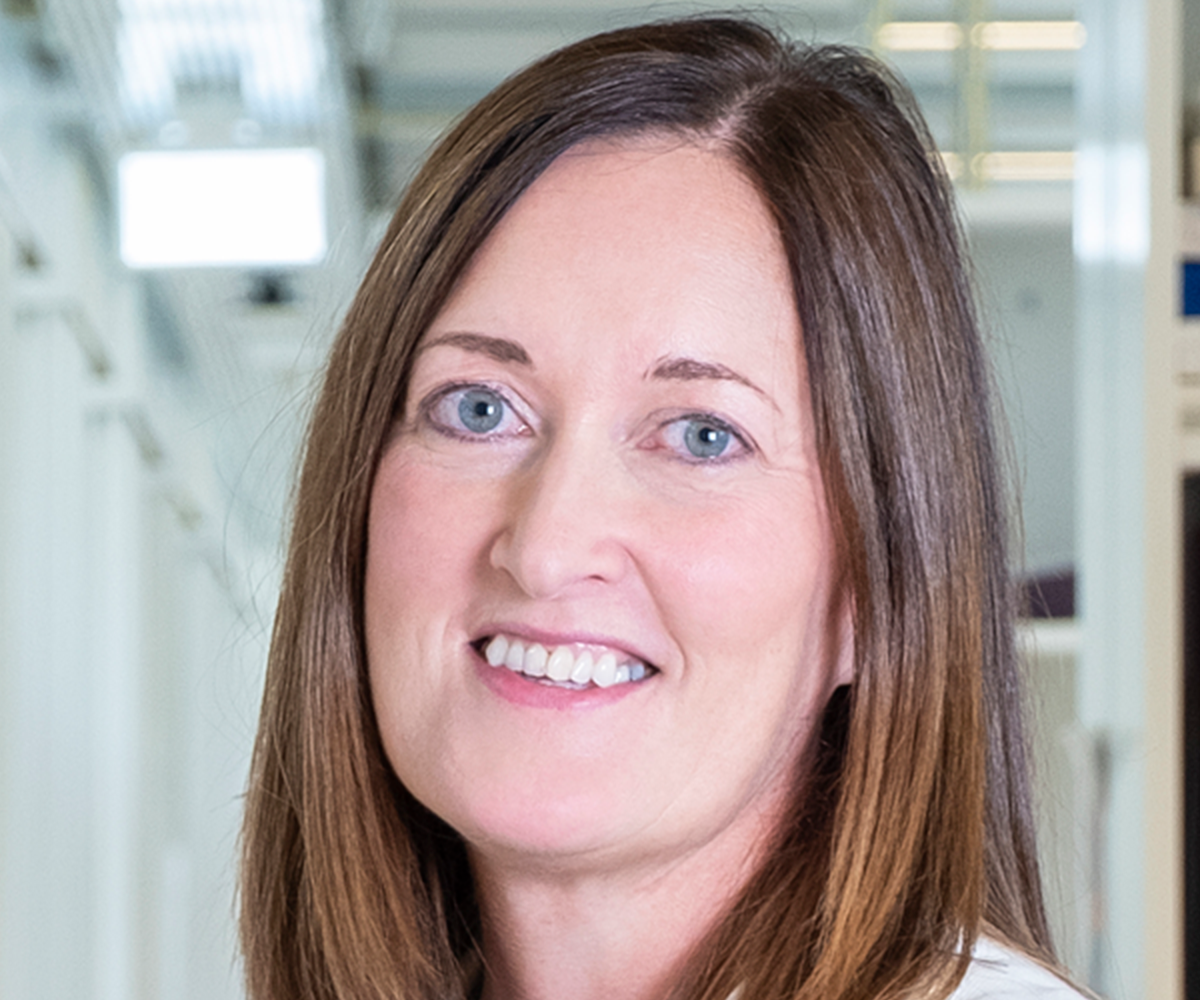
A study led by Ludwig Lausanne’s Johanna Joyce and alumni Spencer Watson and Anoek Zomer and featured on the cover of Cancer Cell in September reported that recurrent glioblastoma multiforme (GBM) tumors can grow out of the fibrous scars caused by the treatment of the initial tumor in mice as well as humans. Studies in mice revealed that the scars create a niche that shields residual glioma cells from immunosurveillance and pushes them into a dormant state in which they resist therapy. The team integrated several technologies—including single cell gene-expression analysis, proteomics and an AI-powered workflow of analytical methods for the spatial analysis of tissues developed by Spencer in Johanna’s lab—to analyze the cellular and molecular geography of the scars and resurgent tumors. They discovered that cells associated with tumor-feeding blood vessels become functionally altered to resemble fibroblasts. These perivascular-derived fibroblast-like (PDFL) cells fan out across the region previously occupied by the regressing tumor, where they mediate the generation of fibrotic scars. They found that PDFLs are activated by neuroinflammation and immune factors known as cytokines, especially TGF-β. The researchers devised a treatment regimen using existing drugs to block TGF-β signaling and suppress neuroinflammation in combination with CSF-1R inhibition and showed that it inhibited fibrotic scarring, diminished the numbers of surviving tumor cells and extended survival in a mouse model of GBM.
Fibrotic response to anti-CSF-1R therapy potentiates glioblastoma recurrence
Cancer Cell, 2024 September 9